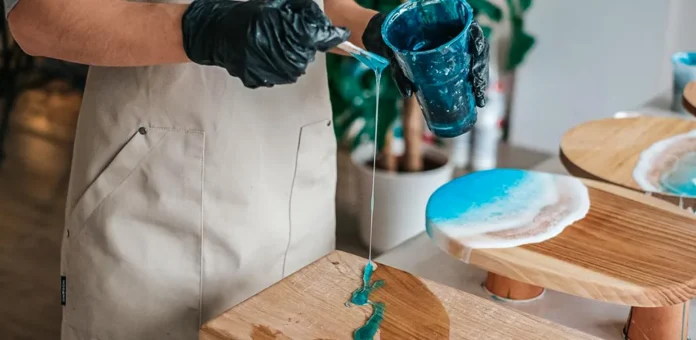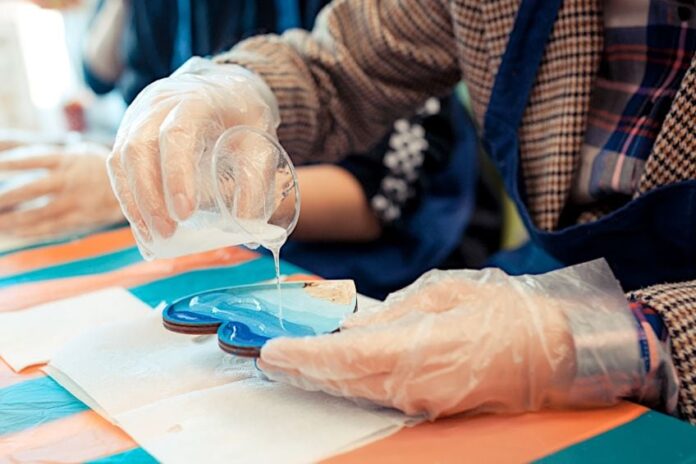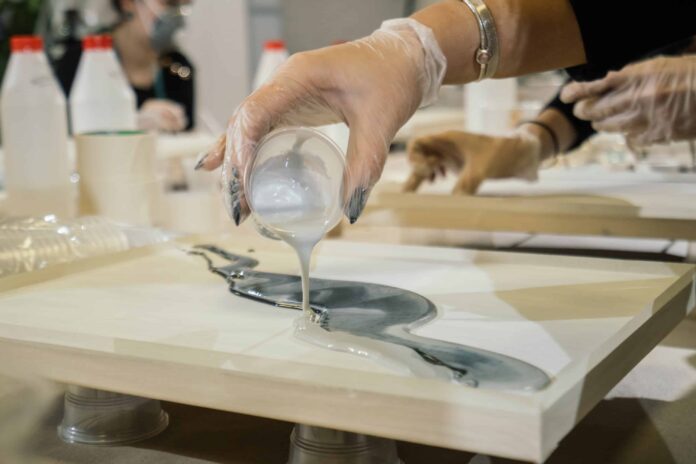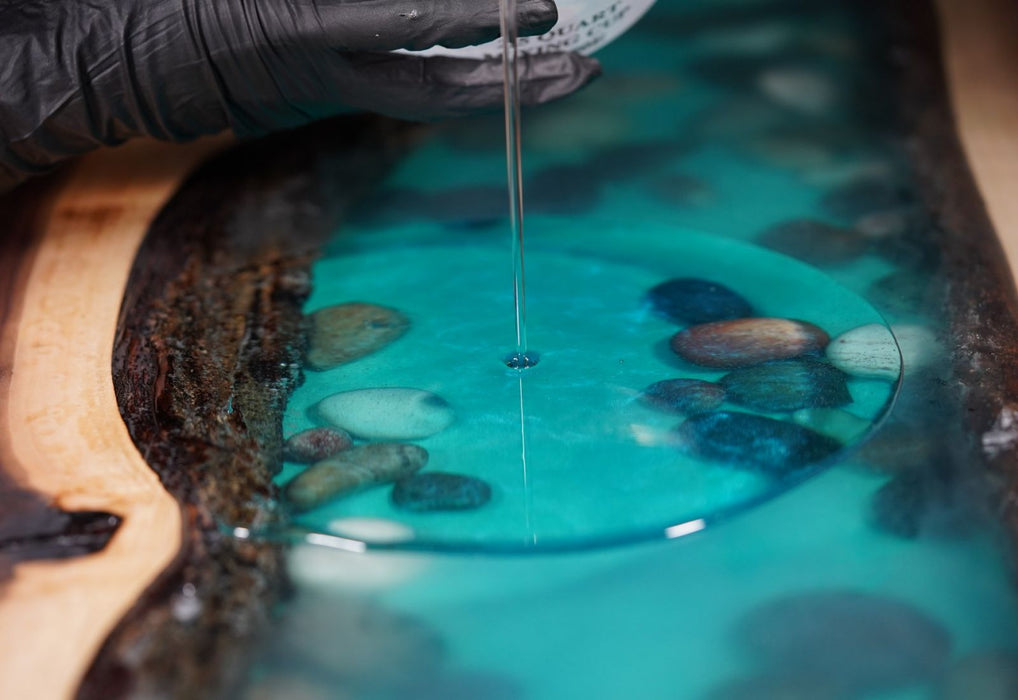Epoxy resin is a versatile material that’s popular among artists, DIY enthusiasts, and hobbyists. It offers endless creative possibilities, from making jewelry to crafting tabletops. Working with epoxy resin can be a fun and rewarding experience, but if you’re new to it, there are important things you should know before starting.
This beginner’s guide will help you understand what epoxy resin is, how to choose the right type, and how to use it safely and effectively. Whether you want to make beautiful art or fix things around the house, this guide will provide you with the essential knowledge you need.
To learn more about epoxy resin and get started on your next project, you can also check out resources like Epoksi Smola.
What is Epoxy Resin?

Epoxy resin is a type of polymer that, when mixed with a hardener, forms a strong and durable material. It’s often used in crafting and DIY projects because it’s easy to work with and can create a variety of effects.
Epoxy resin can be clear or colored, and it’s commonly used for creating jewelry, coasters, tabletops, and other decorative items. Understanding the properties of epoxy resin and how it works is important for getting the best results from your projects.
Choosing the Right Epoxy Resin
There are many different types of epoxy resin available, and choosing the right one for your project is important. Some resins are designed for casting, while others are better for coating or creating art. When choosing an epoxy resin, consider the type of project you’re working on and the desired outcome.
For example, if you’re making a thick casting, you’ll want to choose a casting resin that can be poured deeply without overheating. If you’re creating a glossy finish on a tabletop, you’ll want a coating resin that self-levels.
Preparing Your Workspace

Before you start working with epoxy resin, it’s important to prepare your workspace. Resin can be messy, so you’ll want to protect your work surface with a plastic sheet or disposable tablecloth. It’s also a good idea to wear gloves and protective clothing to avoid getting resin on your skin.
Make sure your workspace is well-ventilated, as resin can produce fumes that can be harmful if inhaled. Having all your tools and materials ready before you start will also help make the process smoother and less stressful.
Mixing the Resin and Hardener
Mixing the resin and hardener is a crucial step in working with epoxy resin. The resin and hardener come in separate bottles and need to be mixed in the correct ratio for the resin to cure properly. Always follow the manufacturer’s instructions for the correct mixing ratio, as using the wrong ratio can result in a sticky or improperly cured resin.
Mix the resin and hardener thoroughly, scraping the sides and bottom of the mixing container to ensure the mixture is consistent. Mixing slowly and carefully can also help prevent bubbles from forming in the resin.
Pouring and Creating Effects

Once your resin is mixed, you can start pouring and creating effects. Epoxy resin can be poured into molds or onto surfaces to create a variety of effects. If you’re creating art, you can add pigments, glitter, or other inclusions to the resin to create unique designs.
When pouring resin, it’s important to work slowly and carefully to avoid spills and bubbles. You can use a heat gun or torch to pop any bubbles that form on the surface of the resin. Additionally, you can use tools like toothpicks or popsicle sticks to manipulate the resin and create different effects.
Curing the Resin
After you’ve poured the resin, it’s important to let it cure properly. Curing times can vary depending on the type of resin and the temperature of your workspace, but most resins take at least 24 hours to fully cure. During the curing process, it’s important to keep the resin covered and protected from dust and debris.
Using a plastic box or covering the resin with a clean cloth can help prevent particles from settling on the surface. Once the resin is fully cured, you can remove it from the mold or sand and polish it as needed to achieve the desired finish.
Cleaning Up
Cleaning up after working with epoxy resin is important to prevent any leftover resin from hardening on your tools or workspace. While the resin is still wet, you can clean it up with alcohol or acetone. Once the resin has cured, it can be difficult to remove, so it’s important to clean up as soon as you’re done working.
If you get resin on your skin, you can use soap and water or a hand sanitizer to remove it. Proper cleanup and disposal of leftover resin can help keep your workspace clean and prevent accidental exposure.
Safety Precautions
Safety is important when working with epoxy resin. The fumes from resin can be harmful if inhaled, so it’s important to work in a well-ventilated area or wear a mask. Wearing gloves and protective clothing can also help prevent skin contact with resin, which can cause irritation or allergic reactions.
It’s also important to follow the manufacturer’s instructions and use the resin as intended to avoid accidents or injuries. Taking these safety precautions can help ensure a safe and enjoyable experience when working with epoxy resin.

Conclusion
Working with epoxy resin can be an enjoyable and creative hobby. By understanding the basics of epoxy resin, choosing the right type for your project, and following the proper steps, you can create beautiful and durable items.
Remember to prepare your workspace, mix the resin correctly, and let it cure properly for the best results. Taking safety precautions is also important to avoid any health issues. With the information in this guide, you can confidently start your epoxy resin projects and enjoy the rewarding experience it offers.







